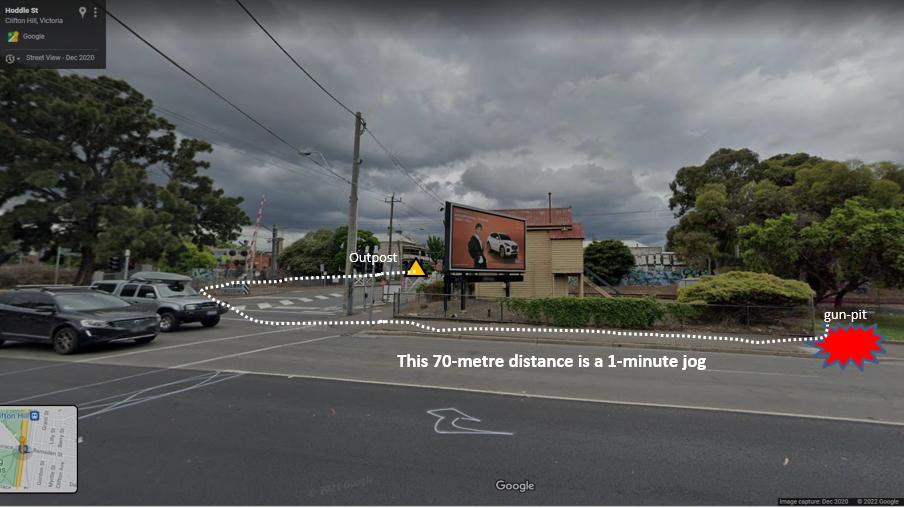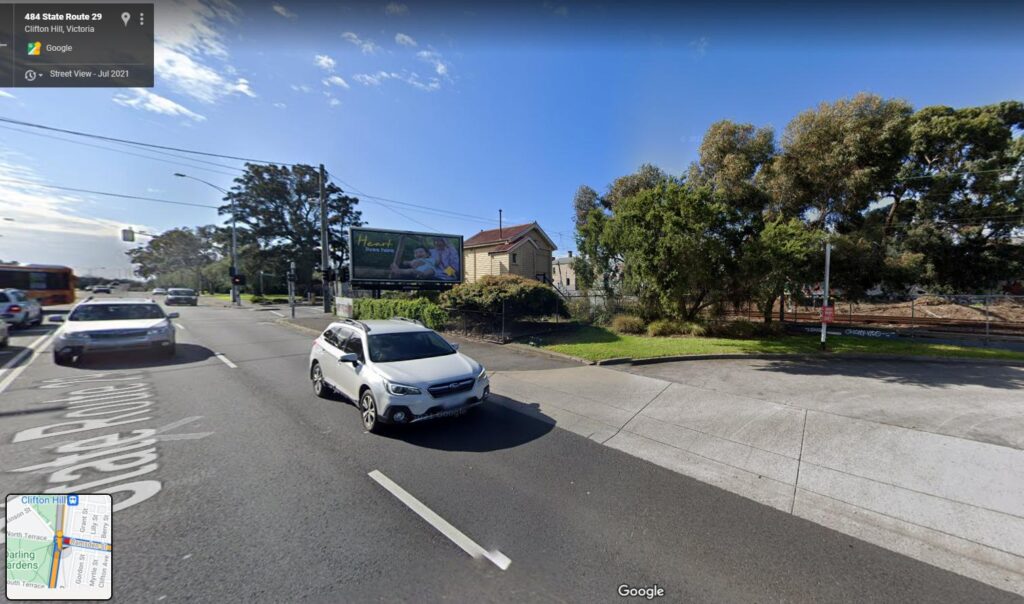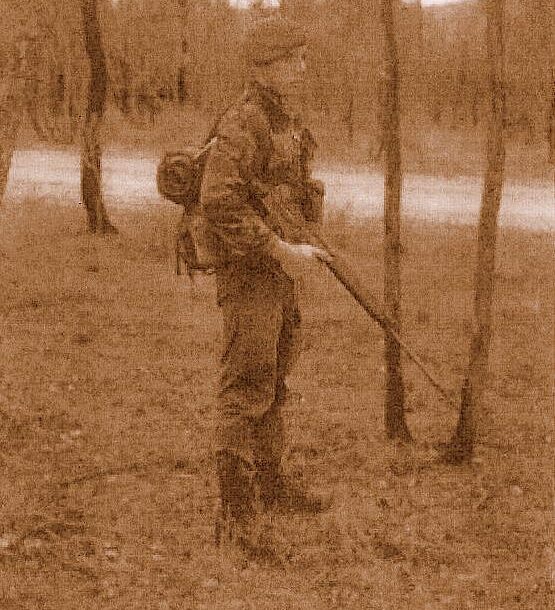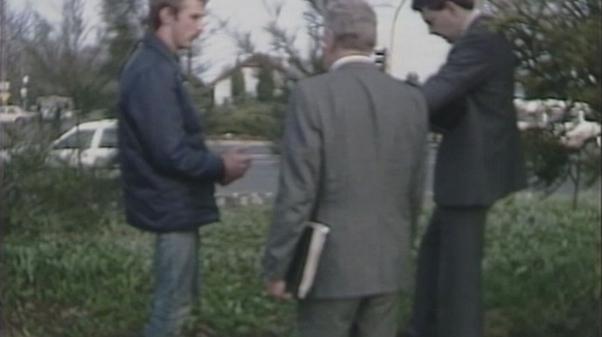Julian Knight’s temporal psychotic state of mind on the night of 9th August 1987 is still to be fully analysed, explained and concluded clarified professionally medically. Whilst Victoria Police had arranged for number of psychologists and psychiatrists to interview and assess Knight immediately after the shootings and in the weeks and months following, the expert opinions have been inconclusive and suppositional – based primarily on surmise rather than adequate evidence.
Detective: “Why did you want to kill them?”
Julian: “I don’t know.”
[Detectives undertaking a crime scene re-enactment with handcuffed Julian Knight the next day, Sunday 10th August 1987].
- No Victoria Police expert witness connected Duntroon’s senior cadet relentless persecutory bastardisation of Knight over six months to Hoddle Street shooting spree
- No Victoria Police expert witness contacted Duntroon for its psychology testing of Knight before his acceptance by the Army Selection Board to pass Knight’s rare eligibility to be accepted into Duntroon, then to investigate what had gone wrong since
- No Victoria Police expert witness connected Knight’s view of his dumping on the street penniless by The Army to Hoddle Street shooting spree
- No Victoria Police expert witness connected Knight’s personal relationship situation, or his dire financial predicament, of his sudden lack of career prospects, desperation, sense of post-Duntroon despondency, hopelessless, Duntroon PTSD (post traumatic stress disorder) to Hoddle Street shooting spree. Instead, they concluded a ‘personality disorder’. Had Knight had a personality disorder during his Army officer training application to Duntroon in 1986, the Army psychologists would have identified it and he would have been rejected on those grounds
- No Victoria Police expert witness has psychiatrically analysed Knight’s report of his intoxicated “vision” of being a soldier being ambushed and a delusional “call to arms” to his Hoddle Street shooting spree. When Knight was asked by police detectives at the Hoddle Street crime scene the day following the shooting spree, one asked Knight “Why did you want to kill them (the random victims)?” to which Knight replied “I don’t know.” This apparent lack of motive was not delved into by the expert witnesses.
- No Victoria Police expert witness has psychiatrically identified that Knight’s Hoddle Street shooting spree was as a vengeance target practice akin to being at an imagine carvival shooting gallery
During the court proceedings, forensic psychiatrist for the Crown prosecution, Dr Allen Bartholomew, stated that Knight has a personality disorder with hysterical features.
Yet no medical expert seconded by Victoria Police connected the preceding five months before Hoddle Street of Duntroon persecution, abuse and nigh torture of Knight as a elite selected Army officer staff cadet by the Army. No medical expert has yet connected Knight’s compounded consequential depressed mental state, the Army’s denial of debriefing and civilian transition, to his psychotic delusional state, and intoxication that combined to drive his mind to go postal. Nor have any of the Victoria Police expert psychiatric/psychological witnesses reported any assessment to the court about Knight’s critical ready access to loaded long-arm assault rifles and ammunition.
Rather they provided the court with quite narrow and blinkered generalist opinions. Who paid the medical experts? Victoria Police and the Crown prosecutors of Julian Knight.
What is documented is that at the time on that notorious Sunday night in 1987, Knight was clearly intoxicated, depressed, angry, despondent, and arguably seeking revenge for how he had been relentlessly tormented and abused by the seniors cadets at Duntroon over the recent previous five months, and then condemned and rejected by the Army Brass and its bureaucracy.
Delusional Postal Vengeance
Knight was seeking revenge for what had happened to him. He wanted to vent his rage. His drunken state triggered his irrational thought processsing – reacting to his drunken psychotic imaginary “vision” of attacking enemy soldiers to ambush.
That he chose to shoot unknown passers by (civilians) suggested that he had irrationally processed on the spur of the moment to take out his rage on general society. The combination of his psychotic state, his rage, his desire for revenge, and his warped delirious perception of propping in the shadows street-side to play a shooting gallery on live targets – he had become a momentary powder keg.
He was exponentially more dangerous given his ready access to his collection of powerful rifles with ammunition.
Spontaneous Proximity to Home
Of note, the distance between Knight’s mother’s house (where he was living) and where he chose spontaneously to set up in Army ambush attack position was only about 70 metres away. Knight propped with his firearms and ammunition behind a boulder under the dark cover of foliage by the railway corridor alongside busy night-time 4-laned Hoddle Street. In Army terms, it was a ‘Defensive Fighting Position’.

Knight’s gun-pit location was not pre-planned, but triggered by a spontaneous and convenient dark gun-pit for a trained soldier to deliver an ambush – in a psychotic mental state of complex depression, delirium, extreme intoxication, driving a temporal rage for vengeful payback upon his perceived rejectful society.

Knight was in firing position. It was 2130 hrs (or 9:30 pm).


